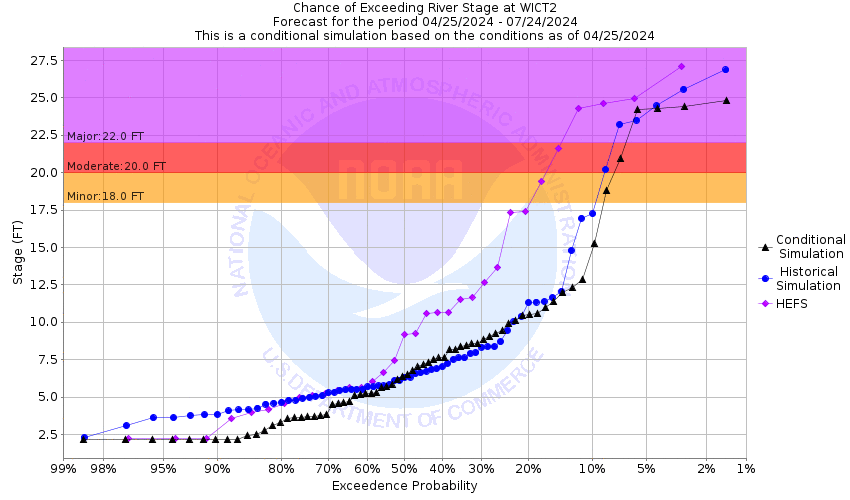

After the boom, however, the city entered an economic recession, and many of the original settlers went bankrupt. By 1890, Wichita had become the third-largest city in the state after Kansas City, Kansas, and Topeka, with a population of nearly 24,000. Fairmount College, which eventually grew into Wichita State University, opened in 1886 Garfield University, which eventually became Friends University, opened in 1887. Rapid immigration resulted in a speculative land boom in the late 1880s, stimulating further expansion of the city. By the middle of the decade, the cattle trade had moved west to Dodge City. The area had a reputation for violence until local lawmen, Wyatt Earp among them, began to assertively police the cowboys. Across the Arkansas River, the town of Delano became an entertainment destination for cattlemen thanks to its saloons, brothels, and lack of law enforcement. As a result, Wichita became a railhead for the cattle drives, earning it the nickname "Cowtown". The Atchison, Topeka and Santa Fe Railway reached the city in 1872. Wichita's position on the Chisholm Trail made it a destination for cattle drives traveling north from Texas to access railroads, which led to markets in eastern U.S. Wichita formally incorporated as a city on July 21, 1870. In 1870, Munger and German immigrant William "Dutch Bill" Greiffenstein filed plats laying out the city's first streets. That summer, Mead and others organized the Wichita Town Company, naming the settlement after the Wichita tribe. Business opportunities attracted area hunters and traders, and a new settlement began to form. Mead was among a group of investors who established a town company, and surveyor Darius Munger built a log structure for the company to serve as a hotel, community center, and post office.

In 1867, after the war, the Wichita returned to Indian Territory. During this period, trader Jesse Chisholm established a trading post at the site, one of several along a trail extending south to Texas which became known as the Chisholm Trail. The Wichita people returned in 1863, driven from their land in Indian Territory by Confederate forces in the American Civil War, and established a settlement on the banks of the Little Arkansas. Wichita State University is the third-largest post-secondary institution in the state.Ī 1915 railroad map of Sedgwick County, showing many railroads that previously passed through WichitaĬlaimed first by France as part of Louisiana and later acquired by the United States with the Louisiana Purchase in 1803, it became part of Kansas Territory in 1854 and then the state of Kansas in 1861. The city's Old Cowtown Museum maintains historical artifacts and exhibits the city's early history. It hosts several universities, large museums, theaters, parks, shopping centers, and entertainment venues, most notably Intrust Bank Arena and Century II Performing Arts & Convention Center. Eisenhower National Airport, the largest airport in Kansas.Īs an industrial hub, Wichita is a regional center of culture, media, and trade. Several airports located within the city of Wichita include McConnell Air Force Base, Colonel James Jabara Airport, and Wichita Dwight D. Textron Aviation, Learjet, Airbus, and Boeing/ Spirit AeroSystems continue to operate design and manufacturing facilities in Wichita, and the city remains a major center of the American aircraft industry. The city became an aircraft production hub known as "The Air Capital of the World". In the 1920s and 1930s, businessmen and aeronautical engineers established aircraft manufacturing companies in Wichita, including Beechcraft, Cessna, and Stearman Aircraft. Wyatt Earp served as a police officer in Wichita for around one year before going to Dodge City. It became a destination for cattle drives traveling north from Texas to Kansas railroads, earning it the nickname "Cowtown". Wichita began as a trading post on the Chisholm Trail in the 1860s and was incorporated as a city in 1870. It is located in south-central Kansas on the Arkansas River. The Wichita metro area had a population of 647,610 in 2020. As of the 2020 census, the population of the city was 397,532. state of Kansas and the county seat of Sedgwick County. Wichita ( / ˈ w ɪ tʃ ɪ t ɔː/ WITCH-i-taw) is the largest city in the U.S.


 0 kommentar(er)
0 kommentar(er)
